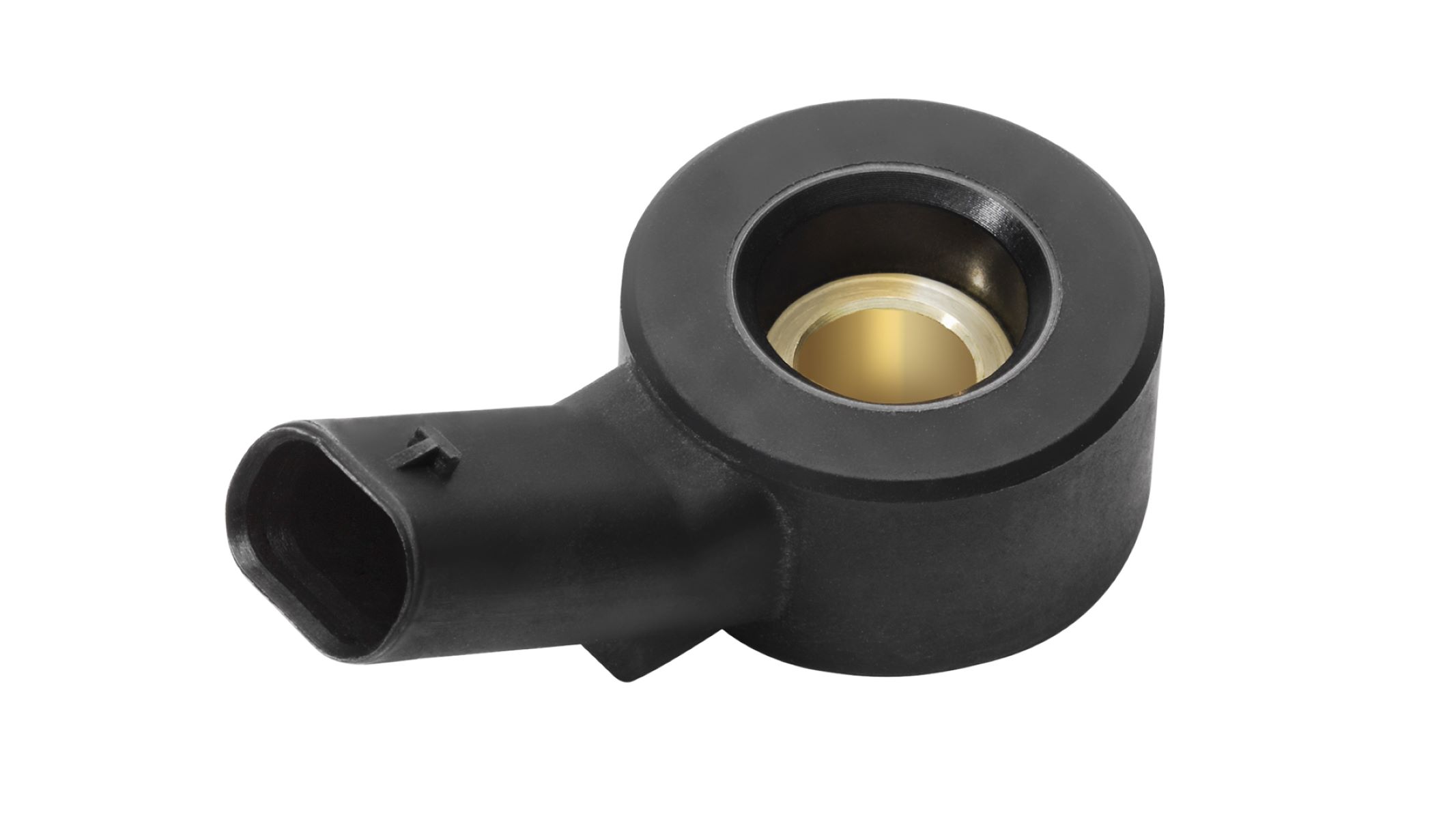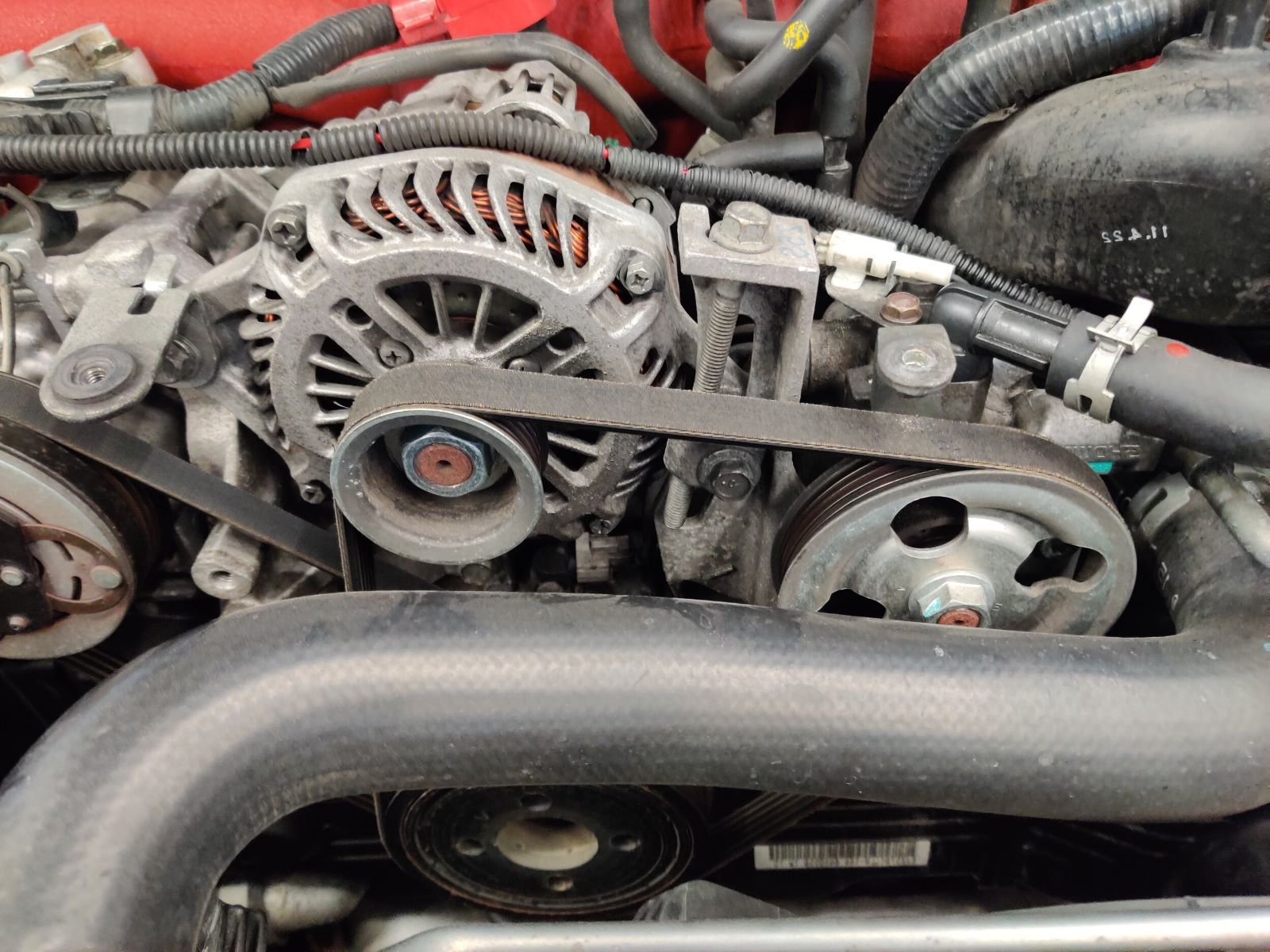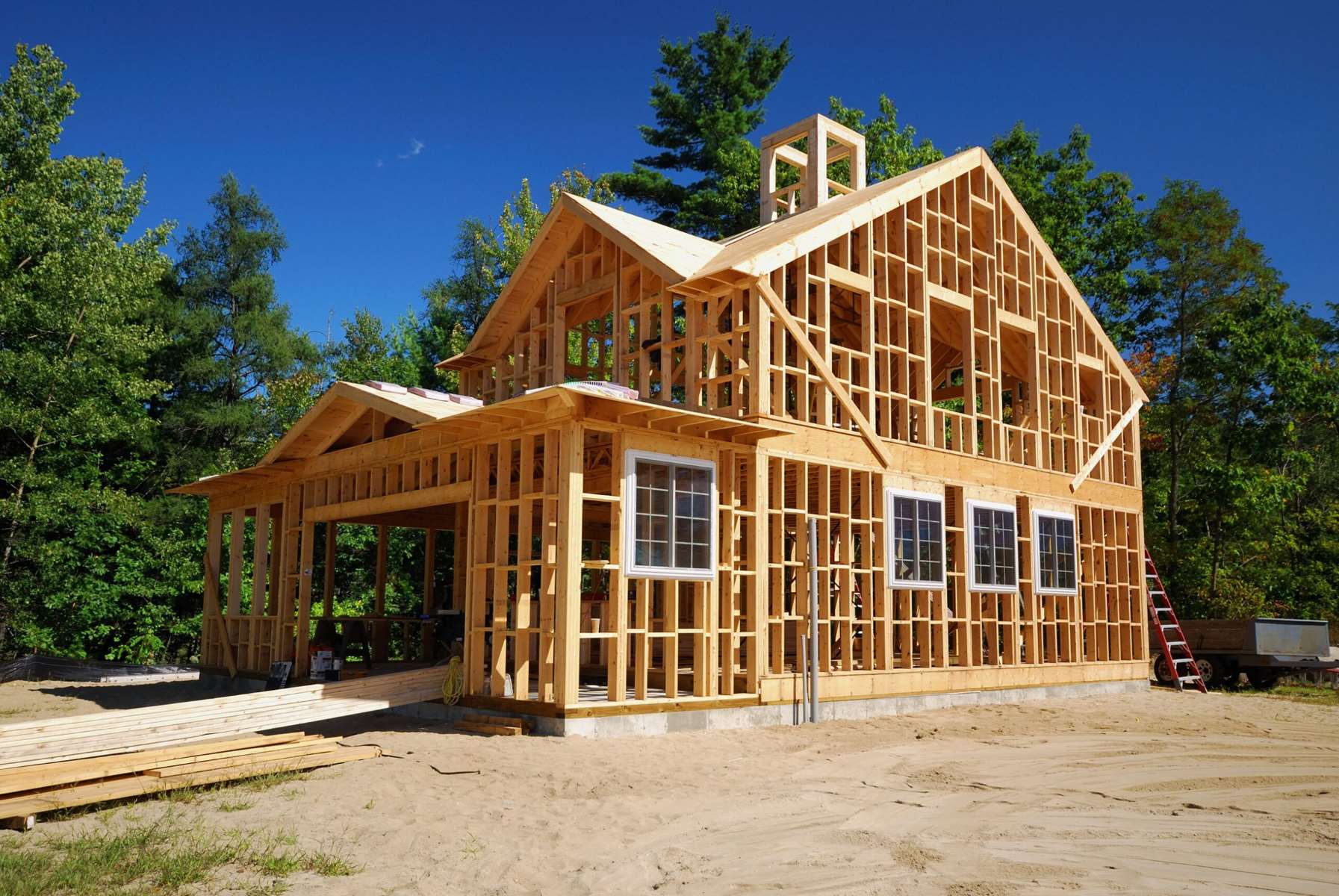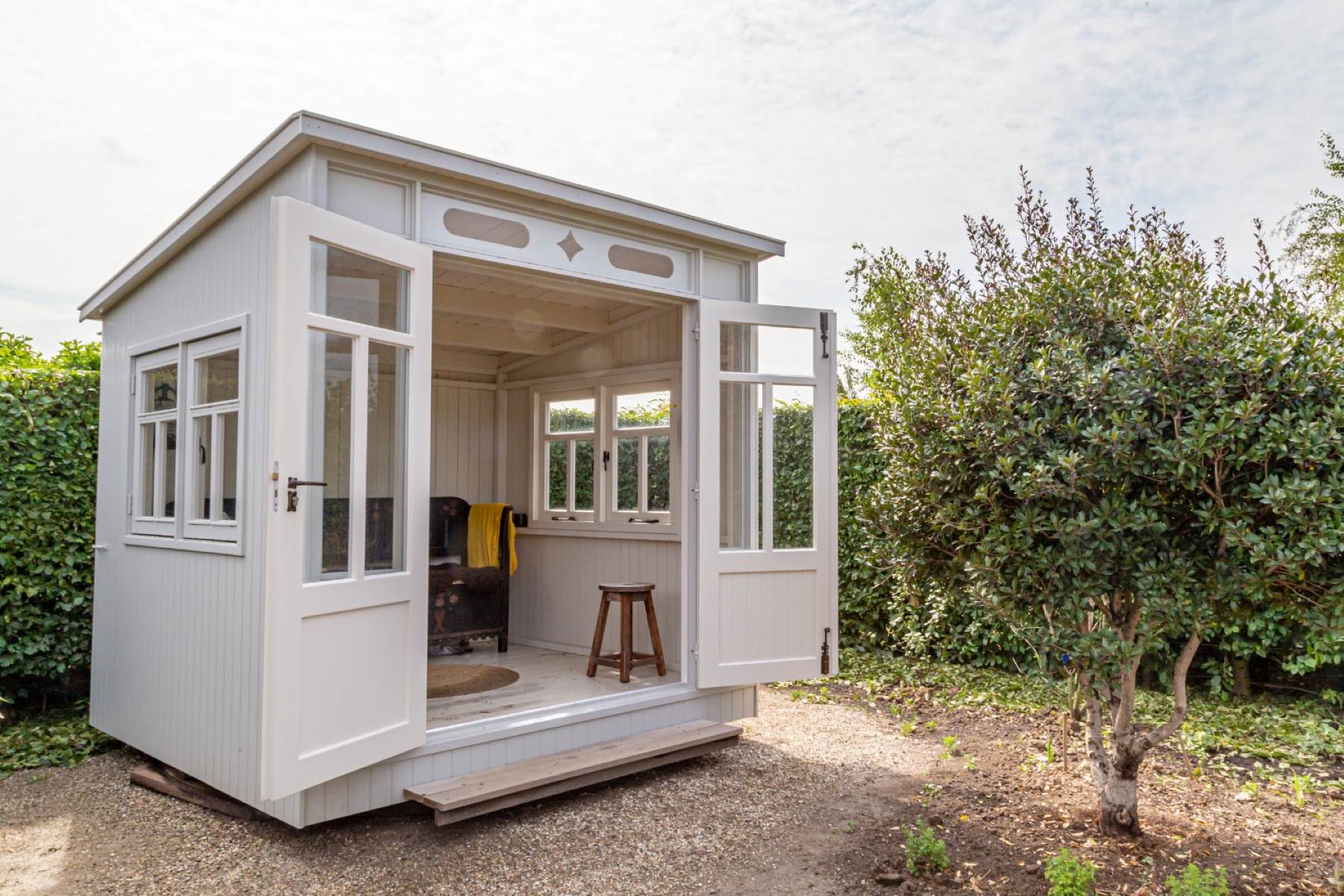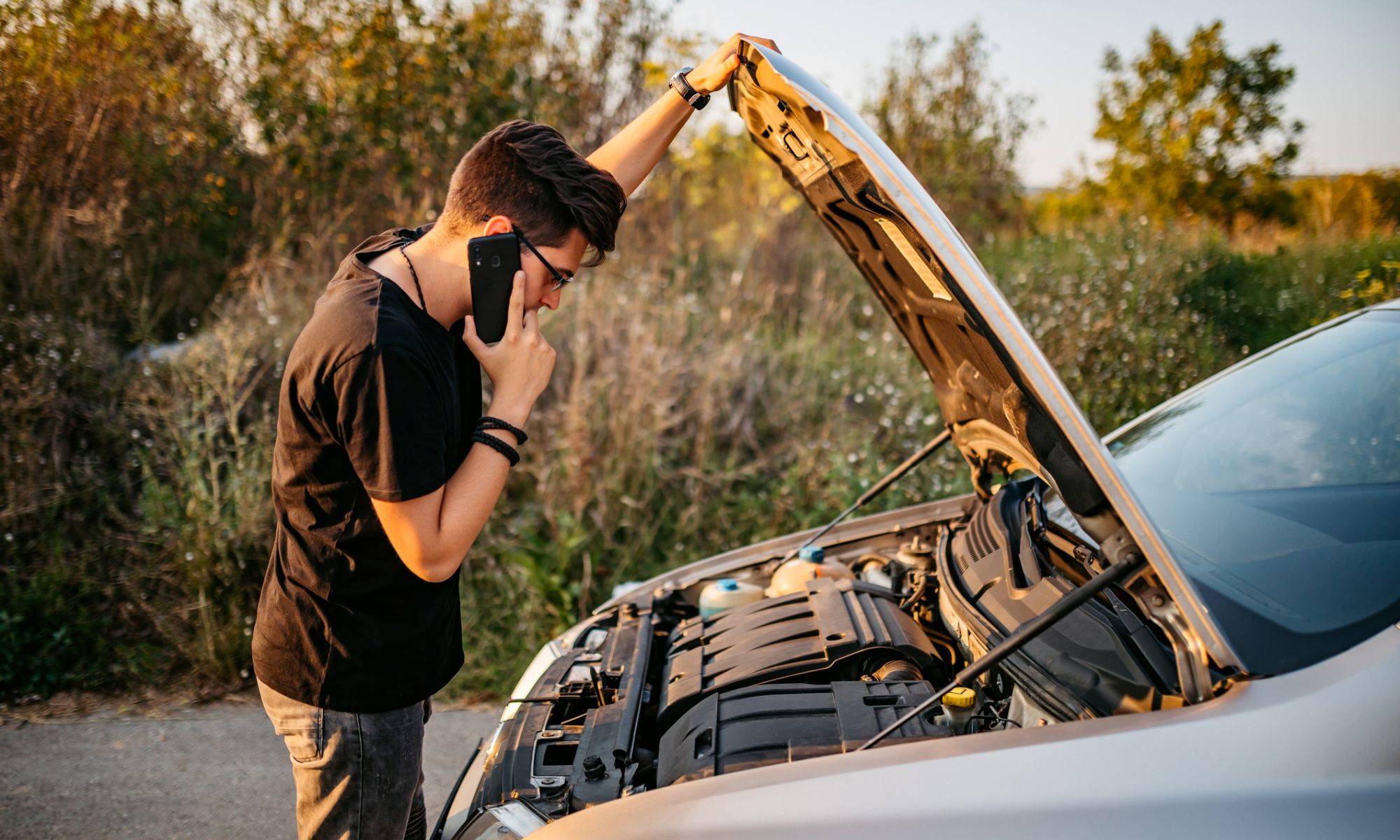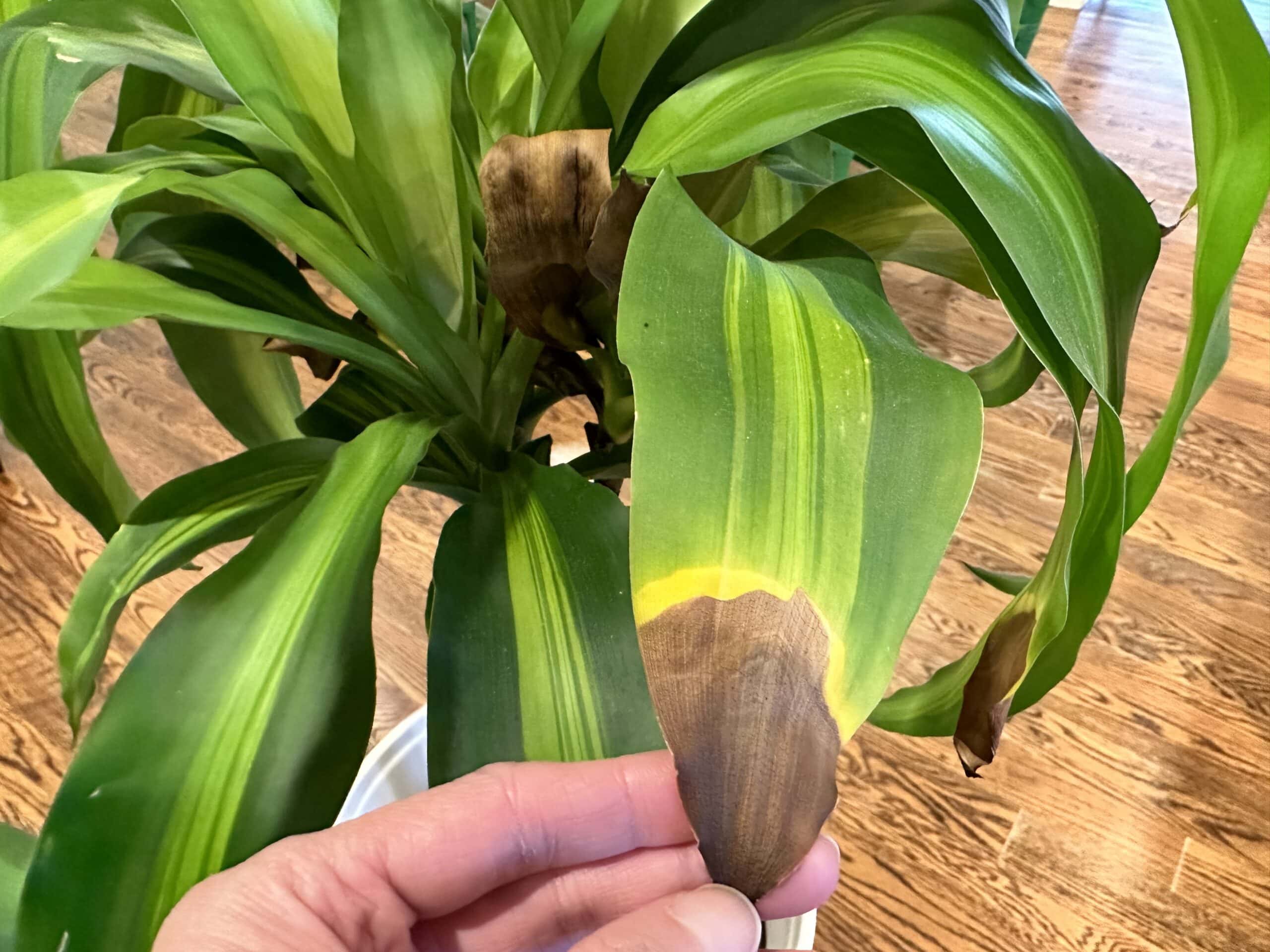Home>Home and Garden>The Surprising Reason Your Well Pump Isn’t Building Pressure
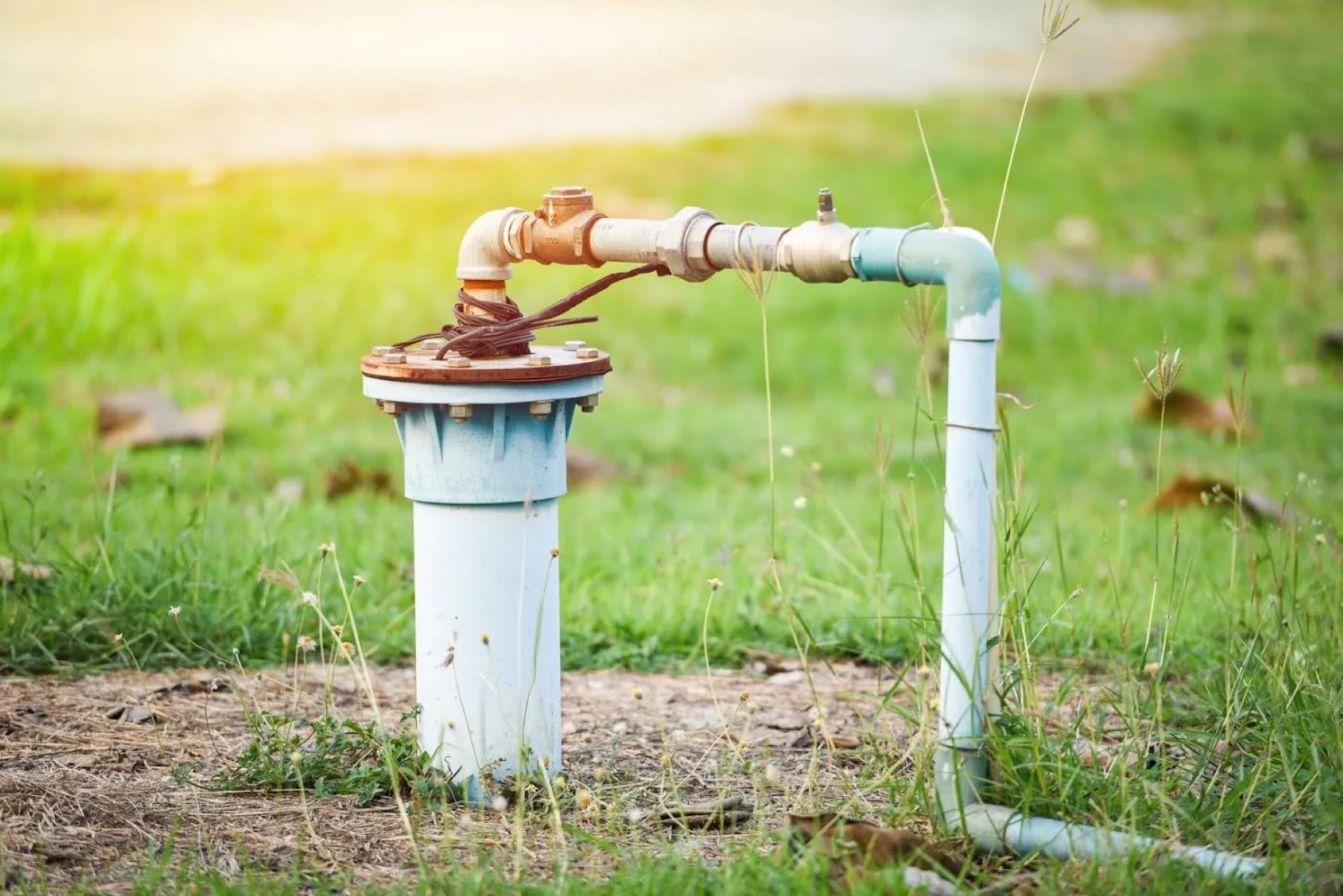

Home and Garden
The Surprising Reason Your Well Pump Isn’t Building Pressure
Published: February 6, 2024
Discover the surprising reason why your well pump isn't building pressure and learn how to fix it. Essential tips for home and garden maintenance.
(Many of the links in this article redirect to a specific reviewed product. Your purchase of these products through affiliate links helps to generate commission for Regretless.com, at no extra cost. Learn more)
Table of Contents
Introduction
When you turn on the faucet, expecting a steady flow of water, it can be frustrating to encounter weak or inconsistent water pressure. This issue often stems from the well pump, the unsung hero of your home's water supply. The well pump plays a crucial role in delivering water from the underground aquifer to your home, ensuring that your daily activities, from showering to watering the garden, run smoothly. However, when the well pump fails to build sufficient pressure, it can disrupt your routine and lead to a host of inconveniences.
Understanding the dynamics of well pump pressure is essential for homeowners, as it enables them to identify and address potential issues effectively. By unraveling the mysteries behind pressure loss and delving into the surprising reasons that can impede a well pump's performance, you'll be empowered to take proactive steps to restore optimal water pressure in your home. So, let's embark on a journey to explore the intricate world of well pump pressure and uncover the surprising culprit behind its occasional reluctance to deliver the pressure you depend on.
Understanding Well Pump Pressure
The water pressure in your home is maintained by the well pump, which is responsible for drawing water from the underground aquifer and delivering it to your faucets, showers, and appliances. Understanding the dynamics of well pump pressure is crucial for homeowners, as it directly impacts their daily activities and overall comfort.
Well pump pressure is measured in pounds per square inch (PSI) and is a key indicator of the pump's performance. When the well pump is functioning optimally, it builds and maintains adequate pressure to ensure a consistent and forceful flow of water throughout the plumbing system. This pressure is essential for activities such as showering, dishwashing, and watering the garden, making it a vital component of a functional household.
To comprehend well pump pressure, it's important to grasp the basic operational principle of the pump. When the pump is activated, it draws water from the well and into the plumbing system. As water is consumed or used, the pump kicks in to replenish the supply, maintaining the desired pressure level. This continuous cycle ensures that water is readily available whenever it is needed, providing convenience and reliability to homeowners.
Furthermore, understanding the factors that influence well pump pressure is essential for troubleshooting potential issues. Any fluctuations in pressure can be attributed to various factors such as the depth of the well, the pump's horsepower, the condition of the pressure tank, and the overall integrity of the well system. By comprehending these variables, homeowners can better assess and address pressure-related issues, ensuring the efficient and reliable operation of their well pump.
In essence, well pump pressure is the lifeblood of a functional water supply system in any home. By gaining a clear understanding of the dynamics and factors that influence pressure, homeowners can effectively monitor and maintain their well pump, ensuring a consistent and robust water flow throughout their household.
Common Causes of Pressure Loss
-
Leaking Pipes: Over time, the plumbing network in a home may develop leaks, leading to a loss of water pressure. Leaking pipes can occur due to corrosion, wear and tear, or improper installation. Identifying and repairing these leaks is crucial for maintaining consistent water pressure and preventing potential water damage within the home.
-
Sediment Buildup: Sediment, such as sand, silt, and debris, can accumulate in the well pump and plumbing system, obstructing the flow of water and causing a drop in pressure. This buildup is often a result of the natural sedimentation process in the well or the aging of the plumbing infrastructure. Regular maintenance and periodic cleaning of the well and plumbing system can mitigate sediment-related pressure loss.
-
Faulty Pressure Tank: The pressure tank plays a pivotal role in regulating water pressure within the plumbing system. A malfunctioning pressure tank, characterized by issues such as waterlogged bladder or air leaks, can lead to erratic pressure levels and diminished performance of the well pump. Routine inspection and maintenance of the pressure tank are essential to ensure consistent water pressure.
-
Well Pump Malfunction: A malfunctioning well pump, caused by factors such as electrical issues, mechanical failure, or worn-out components, can result in inadequate pressure buildup. Regular well pump maintenance and timely repairs are critical for sustaining optimal pump performance and preserving water pressure.
-
Fluctuating Water Table: Variations in the water table, influenced by seasonal changes or environmental factors, can impact the well pump's ability to draw water effectively. A lower water table may require the pump to work harder, leading to reduced pressure, while a higher water table may result in excessive pressure. Monitoring and adjusting the well pump's operation in response to water table fluctuations can help maintain consistent pressure levels.
-
Clogged Filters or Screens: Filters and screens in the well pump and plumbing system can become clogged with debris and contaminants, impeding the flow of water and causing pressure loss. Regular inspection and cleaning of these components are essential to prevent pressure-related issues and ensure uninterrupted water supply.
Understanding these common causes of pressure loss empowers homeowners to proactively address potential issues, safeguarding the efficiency and reliability of their well pump and plumbing system. By staying vigilant and conducting regular maintenance, homeowners can mitigate pressure-related challenges and enjoy a consistent and robust water supply in their homes.
The Surprising Reason for Your Well Pump's Pressure Issue
Amidst the array of potential causes for well pump pressure issues, one often overlooked culprit lurks in the shadows: air entrapped within the water system. This seemingly innocuous element can wield a significant impact on the well pump's ability to build and maintain pressure, leading to perplexing and persistent pressure issues in many households.
The presence of air in the water system can disrupt the hydraulic balance, impeding the well pump's capacity to generate adequate pressure. This phenomenon, known as air entrainment, occurs when air infiltrates the water supply, often due to factors such as a drop in the water table, a faulty check valve, or a sudden surge in water demand. As air accumulates within the system, it forms air pockets that hinder the smooth flow of water, resulting in diminished pressure and erratic water delivery.
The insidious nature of air entrainment lies in its stealthy manifestation. Unlike visible leaks or mechanical malfunctions, air entrapped within the water system operates surreptitiously, evading detection through conventional troubleshooting methods. Its presence can confound homeowners and even experienced technicians, leading to prolonged frustration and uncertainty regarding the root cause of pressure issues.
Addressing the surprising impact of air entrainment on well pump pressure requires a systematic approach. By conducting a thorough assessment of the water system, including the well, pressure tank, and plumbing network, homeowners can pinpoint the presence of air and devise targeted solutions to alleviate its effects. This may involve purging air from the system, inspecting and repairing check valves, or implementing measures to prevent future air ingress.
Moreover, preventive measures, such as installing air elimination devices or maintaining proper well and plumbing system integrity, can serve as proactive safeguards against the insidious influence of air entrainment. By fortifying the water system against air infiltration, homeowners can bolster the well pump's performance and ensure consistent water pressure throughout their household.
In unraveling the surprising role of air entrainment as a potential culprit behind well pump pressure issues, homeowners are empowered to confront this stealthy adversary with knowledge and strategic interventions. By shedding light on this often overlooked factor, homeowners can navigate the complexities of well pump pressure with clarity and resolve, reclaiming the steady and robust water supply they depend on.
Fixing the Problem
Addressing well pump pressure issues, particularly those stemming from air entrainment, demands a systematic and targeted approach to restore optimal performance and water pressure in the home. Here are the steps to effectively fix the problem:
-
Purging Air from the System: Begin by purging air from the water system to alleviate its disruptive effects on pressure. This can be accomplished by opening the faucets and allowing the water to run until a steady flow is achieved, effectively expelling trapped air from the plumbing network. Repeat this process for all faucets in the household to ensure comprehensive air purging.
-
Inspecting and Repairing Check Valves: Check valves play a crucial role in preventing the backflow of water and the ingress of air into the system. Conduct a thorough inspection of the check valves to identify any signs of wear, damage, or malfunction. Replace or repair faulty check valves to fortify the system against air entrainment and maintain consistent water pressure.
-
Implementing Air Elimination Devices: Consider installing air elimination devices, such as air vents or automatic air purgers, within the water system to proactively mitigate the ingress of air. These devices are designed to capture and expel air pockets, ensuring the hydraulic integrity of the system and safeguarding against pressure fluctuations caused by air entrainment.
-
Maintaining Well and Plumbing System Integrity: Regular maintenance of the well, pressure tank, and plumbing network is essential for preserving system integrity and preventing air-related pressure issues. Conduct periodic inspections, cleanings, and repairs to address potential vulnerabilities and maintain the efficient operation of the water supply system.
By diligently implementing these measures, homeowners can effectively address well pump pressure issues attributed to air entrainment, restoring optimal water pressure and ensuring a reliable and consistent water supply in their homes. Taking proactive steps to purge air, fortify the system against future air ingress, and maintain overall system integrity empowers homeowners to overcome the surprising impact of air entrainment and reclaim the robust water pressure they depend on.
Conclusion
In the realm of well pump pressure, the journey of unraveling its intricacies and potential challenges has led us to a profound understanding of the factors that influence water pressure in our homes. From the fundamental dynamics of well pump pressure to the common causes of pressure loss, we have delved into the complexities of maintaining a robust and reliable water supply system. However, the most surprising revelation lies in the often overlooked influence of air entrainment on well pump performance and pressure issues.
The presence of air within the water system, operating as a stealthy adversary, has the potential to disrupt the hydraulic balance and impede the well pump's ability to build and maintain adequate pressure. Its insidious effects, manifested through diminished pressure and erratic water delivery, can confound homeowners and technicians alike, leading to prolonged frustration and uncertainty.
By shedding light on the surprising impact of air entrainment, we have empowered homeowners to confront this stealthy adversary with knowledge and strategic interventions. Through targeted measures such as purging air from the system, inspecting and repairing check valves, implementing air elimination devices, and maintaining overall system integrity, homeowners can effectively address well pump pressure issues attributed to air entrainment.
As we conclude this exploration, it is imperative to emphasize the proactive role of homeowners in safeguarding the efficiency and reliability of their well pump and water supply system. By staying vigilant, conducting regular maintenance, and addressing potential issues with informed solutions, homeowners can reclaim the steady and robust water supply they depend on.
In the realm of well pump pressure, knowledge is indeed power. Armed with a deep understanding of the dynamics at play and the surprising factors that can impede well pump performance, homeowners can navigate the complexities of water pressure with clarity and resolve. By taking proactive steps to address pressure-related challenges, they can ensure a consistent and reliable water supply, enriching the daily lives of their households with the convenience and comfort of optimal water pressure.

